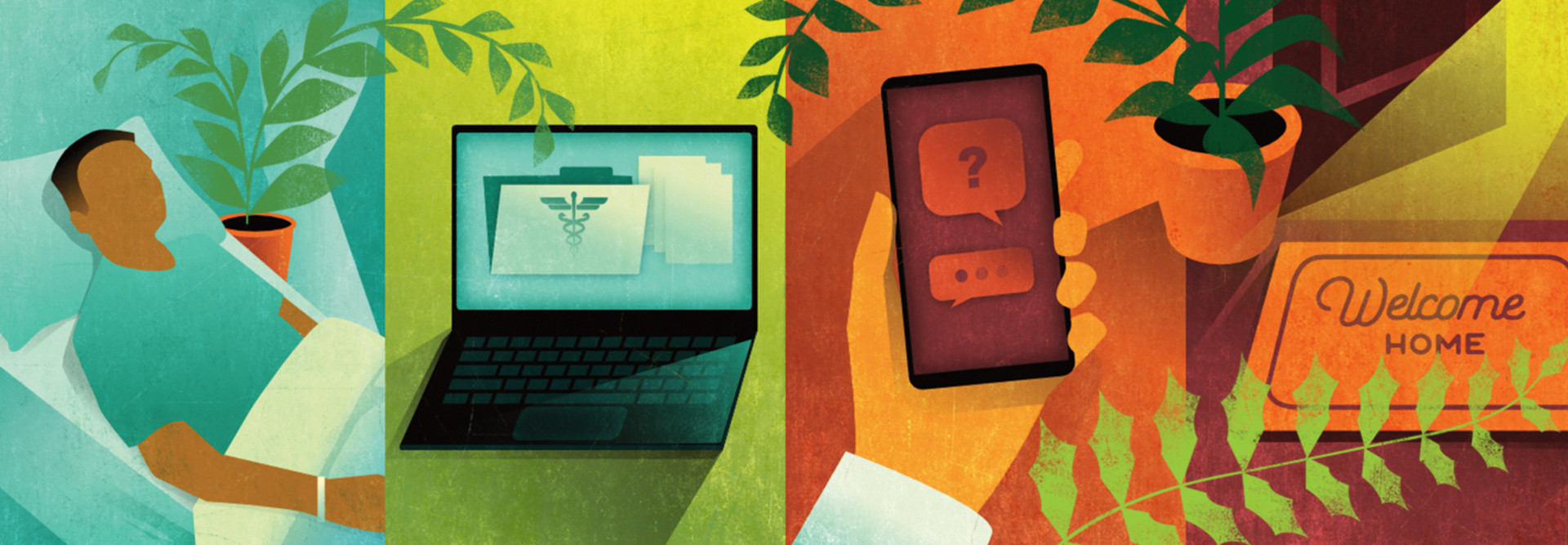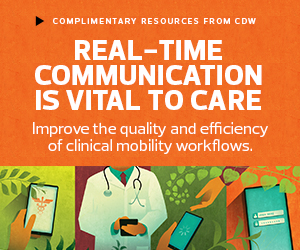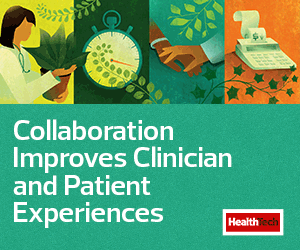Mobile functionality, such as speech recognition technology and the ability to write orders, is also important, he adds, but he would like to see improved status markers.
“What is really missing for most vendors in this space is the on-call versus off-duty functionality, and that is something we struggle with. It’s not nearly as robust as it needs to be,” Hsiao says. “Doctors feel so burned out because even when they’re not on call, people are still messaging them.”
CC&C tools integrated into EMRs also offer smart alerts, which can notify users as soon as new data hits a patient’s chart, and discharge planning.
As healthcare systems turn to CC&C tools to alleviate clinician burnout, there are three key considerations for a robust strategy: understanding the organization’s needs, inclusive integration and improving care delivery.
WATCH: Experts discuss how clinical communication tools help patients and clinicians.
1. Understand Organizational CC&C Needs
One major feature CC&C tools offer is automatic discharge notifications, says Julie Mills, a registered nurse and vice president of clinical strategy at software company PerfectServe.
“Being notified automatically is really important for bed turnover and patient flow,” Mills says. “Routing capabilities let care teams know who is covering the patient at any particular time, while critical lab notifications can potentially reduce delays in care and improve patient outcomes.”
What does your organization want to prioritize? Perhaps it’s a better mobile experience, such as the ability to get an alert on a mobile device, read that message and escalate notifications.
“From the message, you should then be able to click one button and launch into the EMR app and that patient’s chart, so if you need to write orders, you can, and you don’t have to reauthenticate or do a search,” Mills says. “The key here is less time, fewer clicks.”
READ MORE: Learn how clinical communication tools support healthcare’s quadruple aim.
2. Keep Overall Organizational Integration Top of Mind
Weill Cornell Medicine’s EHR vendor added the CC&C solution functionality, which resulted in a fully integrated tool, according to CIO Dr. Curtis Cole.
“We are all using the same communications system, as is the patient,” Cole says. “If the patient sends me a message about a refill, it’s the same system I’m using with the nurse.”
Attention to detail helps successful integration of CC&C tools, Cole adds, noting that workflows differ depending on the care specialist, and adoption must work for all users.
“That means getting things like directory information correct and keeping track of the names, where they are at any given moment, how to reach them, what’s the right protocol when they’re on call or away — that’s really hard in healthcare,” Cole says. “If you don’t integrate correctly, these tools will increase burnout, not decrease it.”
Click the banner below to learn how a clinical mobility workshop can improve care.













